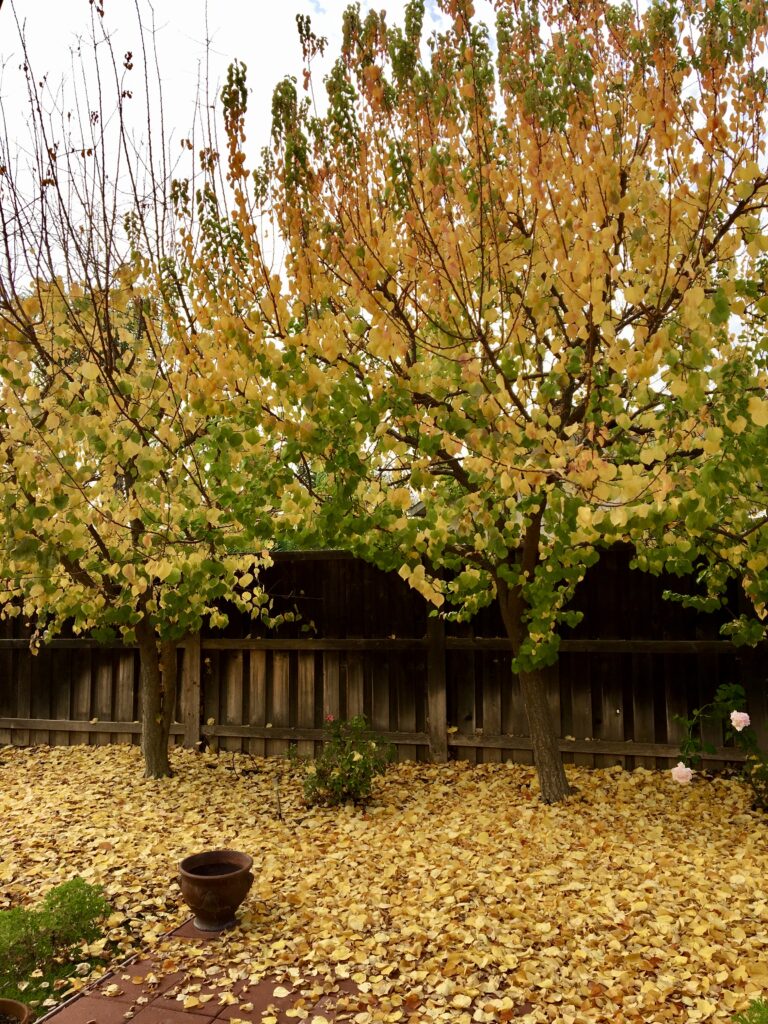
Fall is here. The two apricot trees in my backyard have shed their leaves like a golden carpet. The market is flooded with pumpkins and conjures up images of Kaddu Sabzi Mama used to fix. Instead of trying to cut through the hard peel, the packs of washed and pre-cut pumpkin make it a quick fix. Our eldest sibling buys the whole squash and sticks it in the microwave. See notes. She knows I am fond of kaddu sabzi so will always give me some when she fixes it. Lucky me!
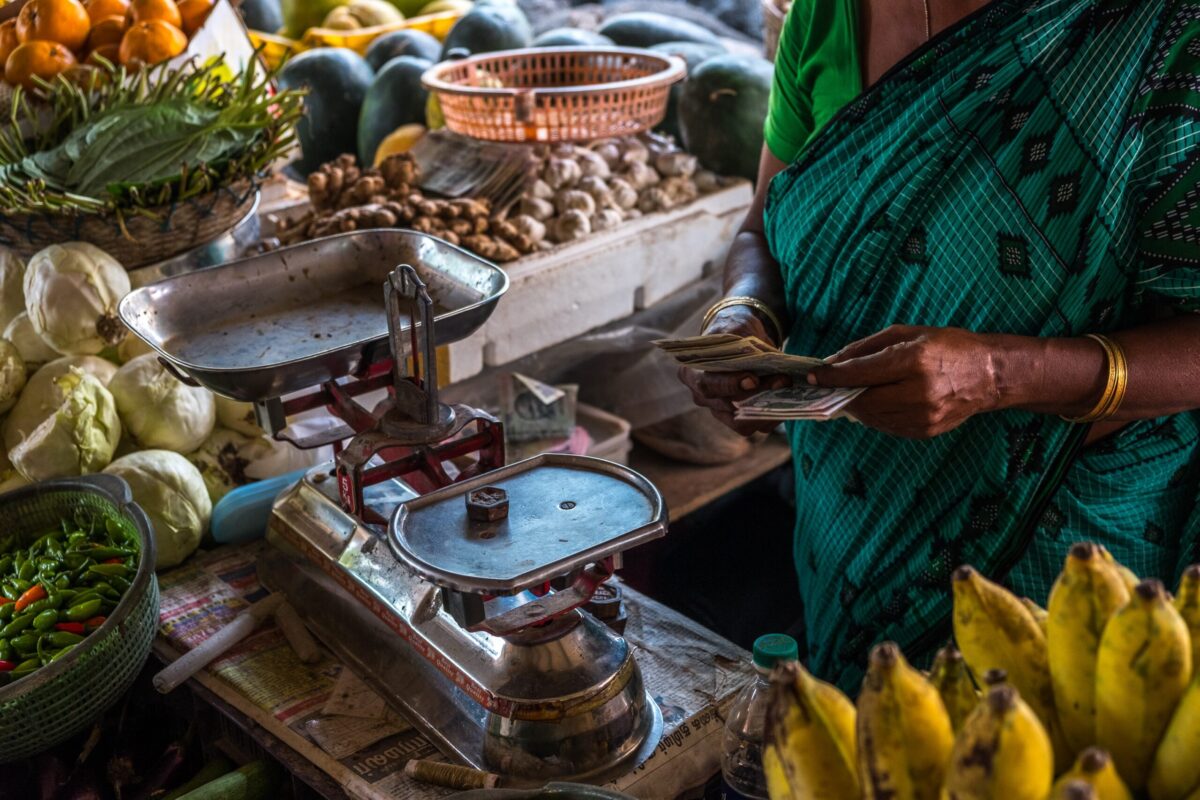
Kaddu Sabzi (Pumpkin)
Ingredients
- 1 lb kaddu (Peel top skin and chop into bite sized pieces or take the easy way out and buy the ready-made pre-washed and cut pack available at most grocery stores )
- 1 medium onion (finely chopped)
- ¼ tsp cumin seeds
- ¼ tsp mustard seeds
- ⅛ tsp fenugreek seeds
- 1 tsp (heaped) tomato paste
- 1 medium Serrano chili (or dried red chili, both optional, depending on how spicy you like your meal!)
- ½ tsp Salt (or to taste)
- 2 tbsp cooking oil
- 2 tbsp fresh cilanto (finely chopped)
- 2 tbsp cocktail peanuts (or raw peanuts (shelled and skinned) sautéed in a little oil)
Instructions
- Heat oil in a wok or deep saucepan on medium heat. When the oil is well heated, add mustard seeds. Wait until the seeds start to splutter, then, add the cumin and fenugreek seeds. About 20 seconds.
- Stir the seeds, and then add whole green chili or red chili powder (optional). If you like it chili hot, chop the green chili in half or dice them.
- Add onions and sauté till half brown, about 7-8 minutes.
- Add tomato paste, kaddu, salt and half of the cilantro. Stir till the tomato paste to coat the pumpkin evenly. Cover and cook on low until half cooked, approximated 5-7 minutes.
- Uncover and cook, stirring occasionally, until the pumpkin is tender and starts to brown a little, approximately 5-6 minutes. At this stage, slightly mash it with the back of a cooking spoon to get a chunky texture. Drizzle some oil along the edges of the sabzi. Stir a couple of times, making sure to scrape from the bottom.
- Spoon into a serving dish. Serve garnished with sautéed peanuts or cocktail peanuts and the rest of the chopped coriander.
- Goes well with roti and, of course, plain rice and dal.
Notes
Vegetable vendor, India – Photo by Mediocre Studio on Unsplash

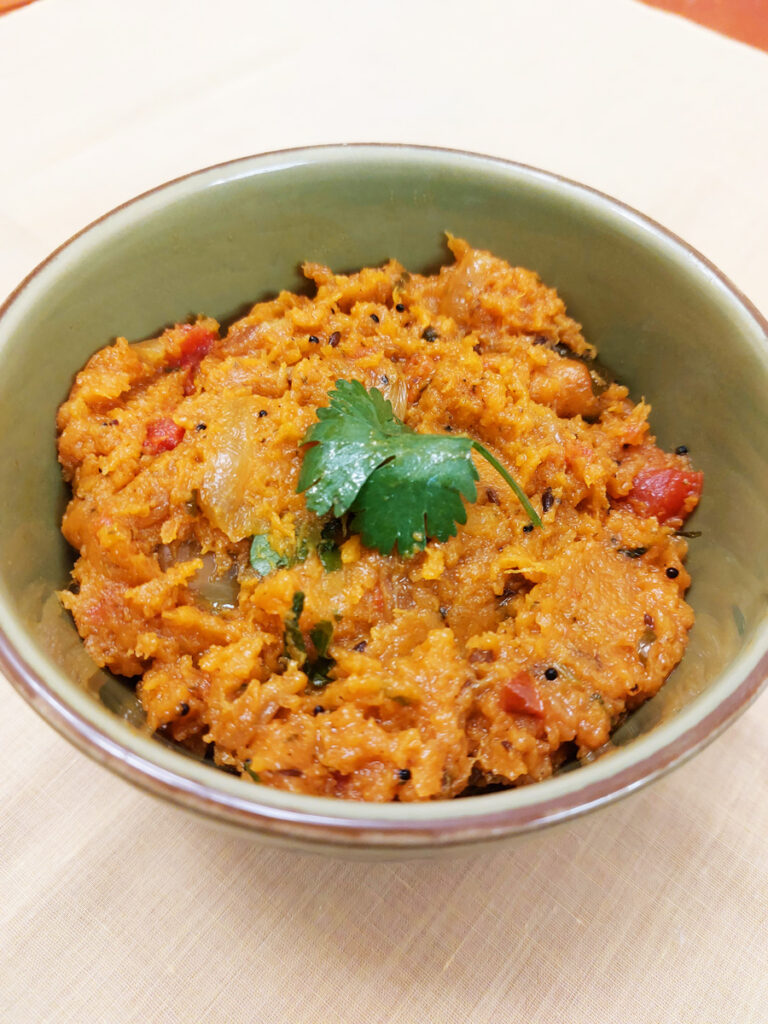
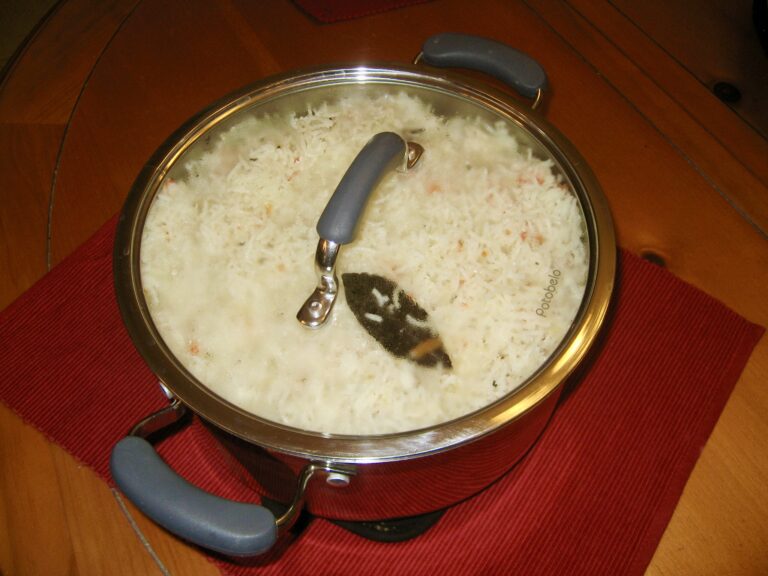
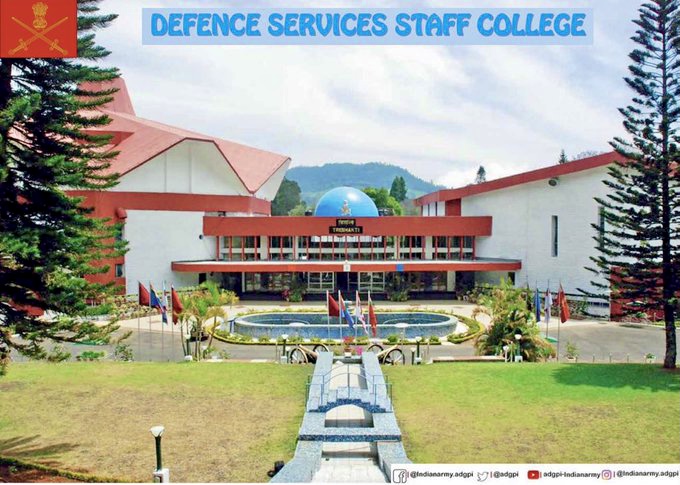

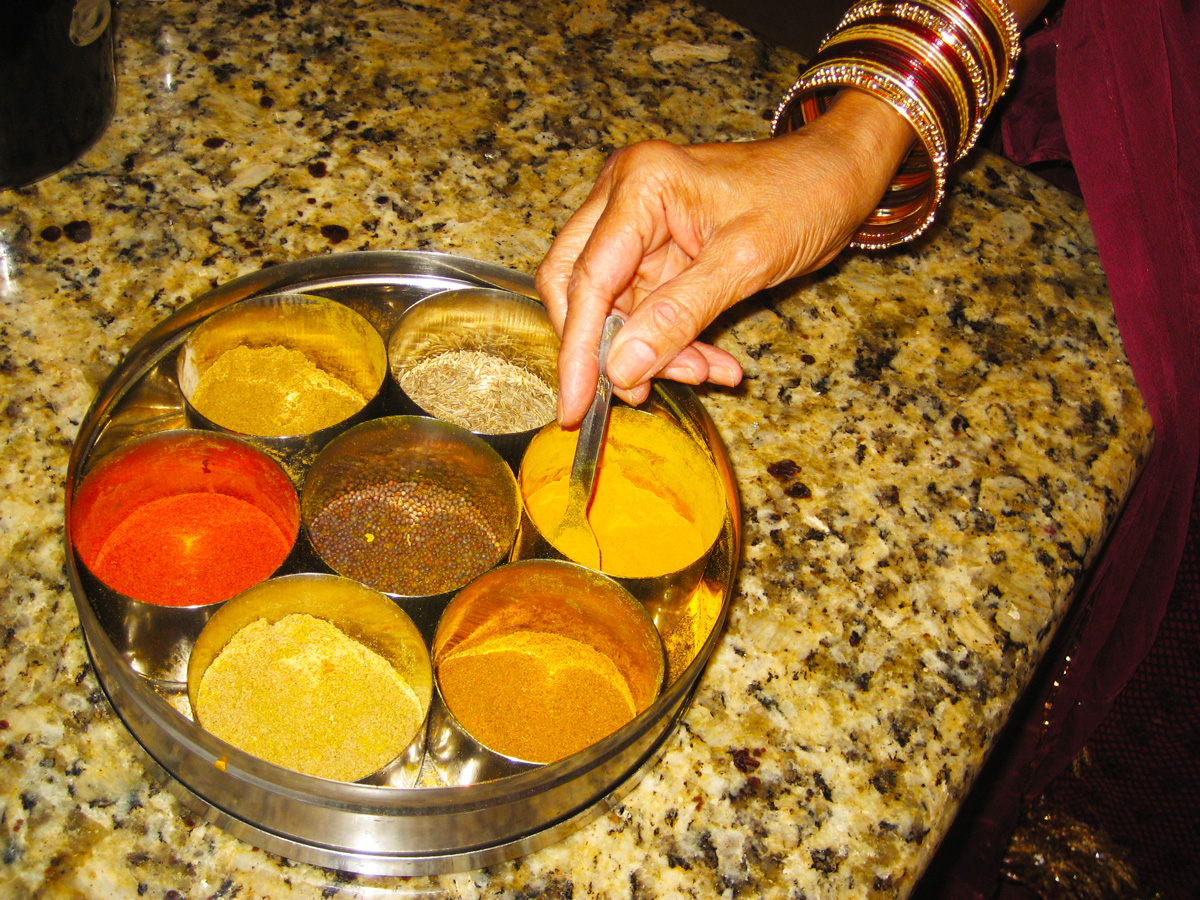
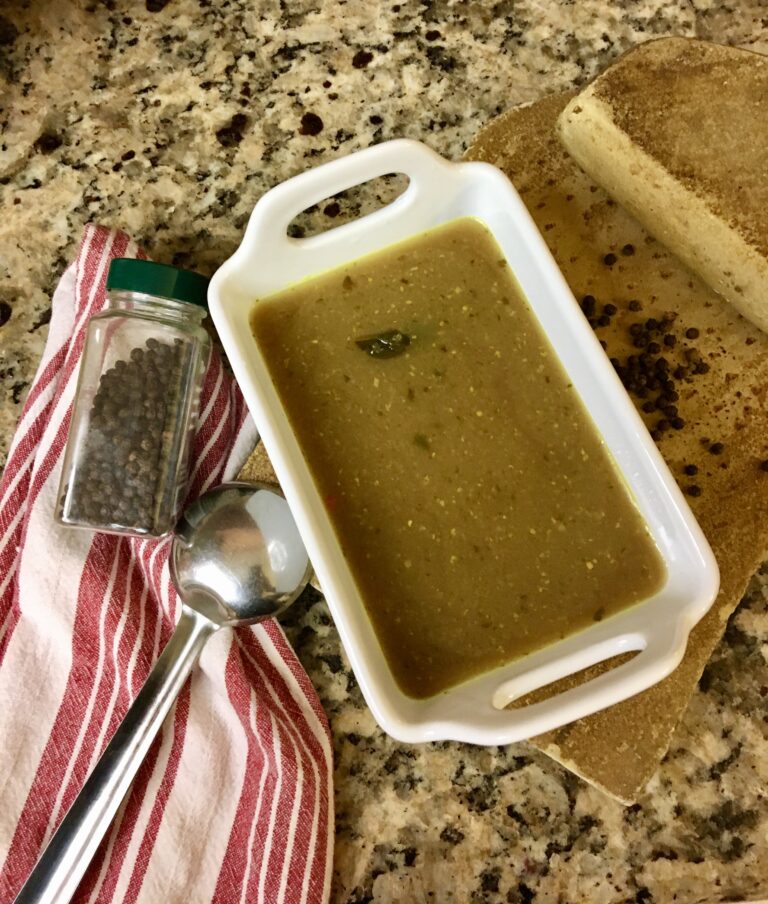
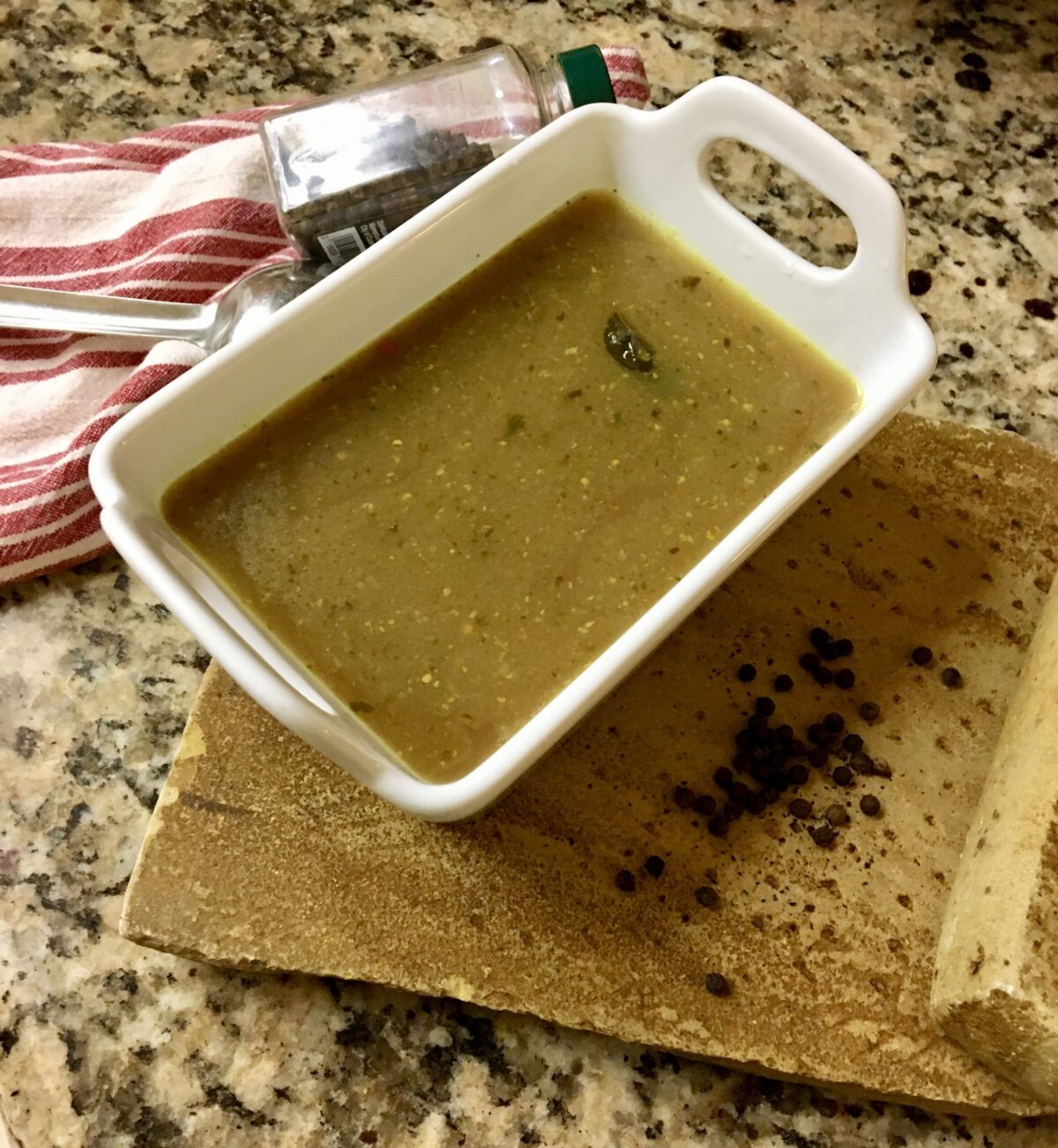
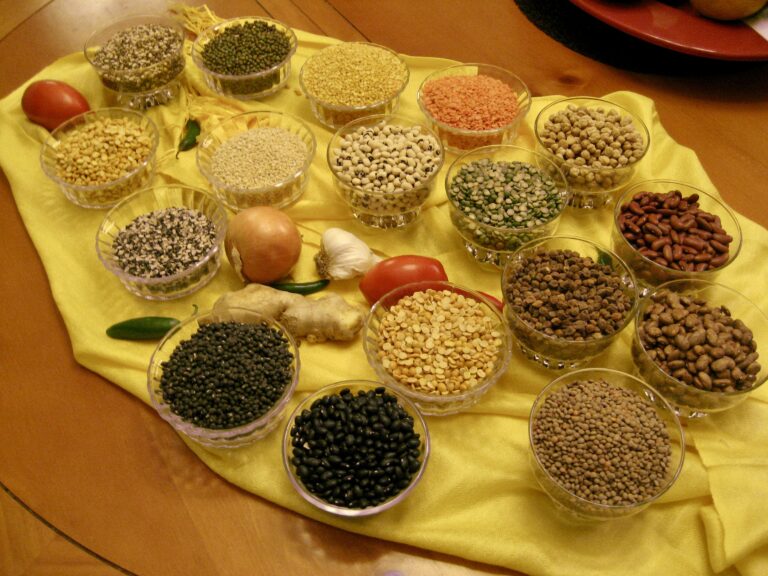
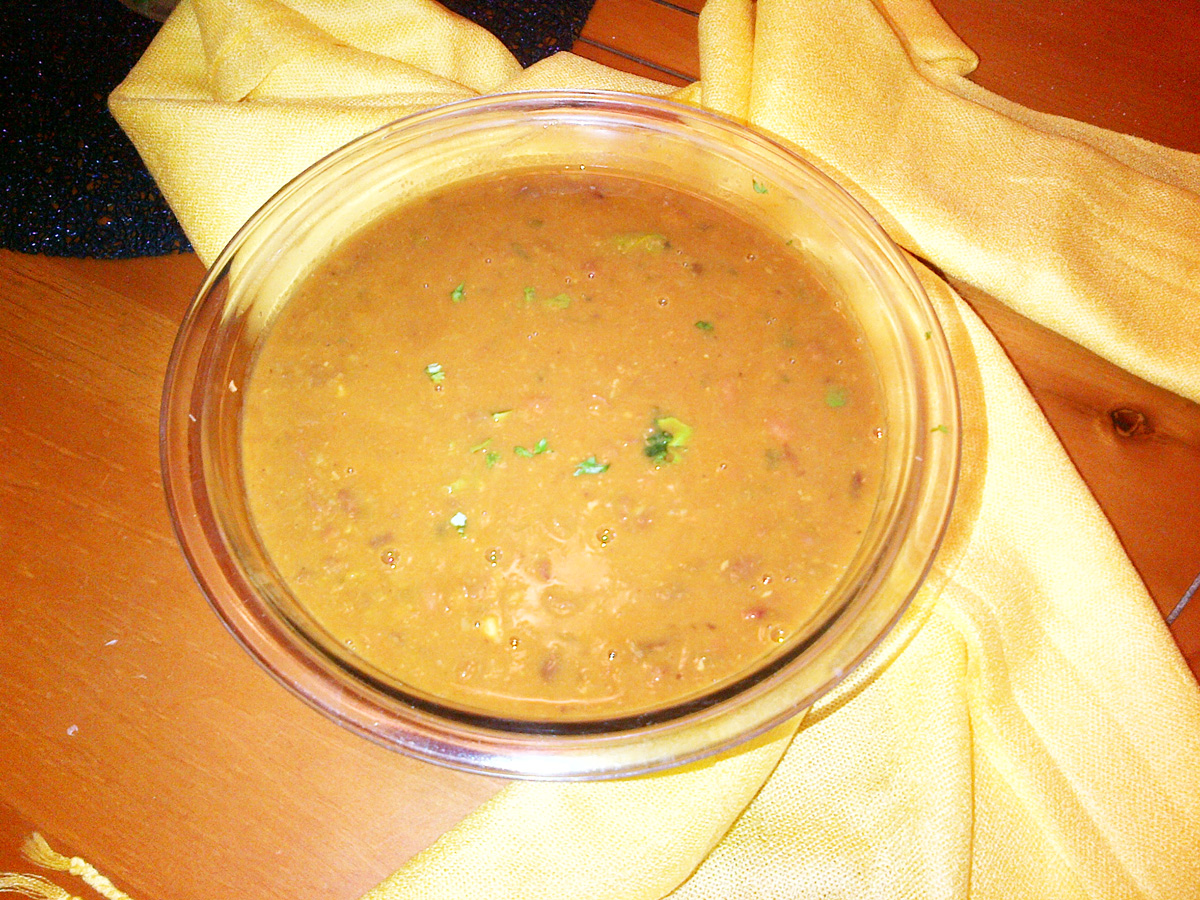
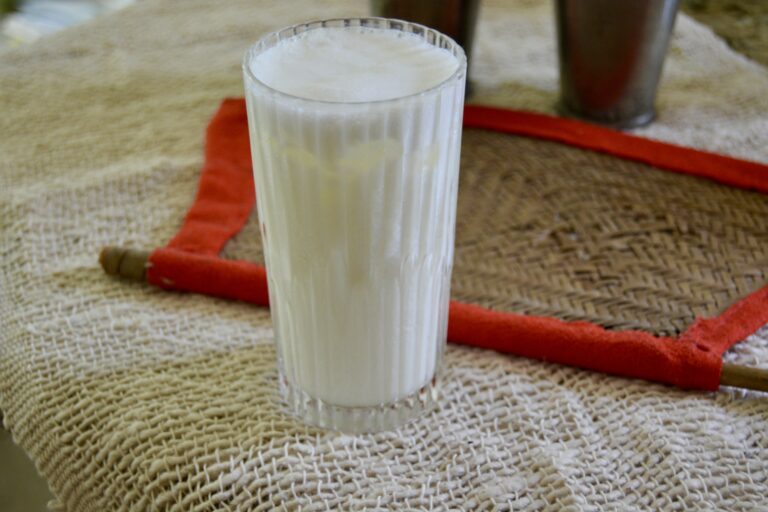
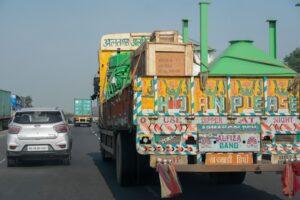 We are on our famous cross-country trip across the hot and heated summer plains of Northern India, making our way to the cool hills of Jammu and Kashmir. It has been a long ride from our night stop at Ambala in Punjab. It is only mid-morning, but the sun is bearing down strong and hard. Hot gusts of dust hit us from time to time. We plan to make a pit stop at Ludhiana, which is about 65 miles away from Ambala. The roads are rough and the going slow. It is a busy highway, with the laden public carriers (trucks with merchandise) swerving dangerously close. We call them Public Killers as there are involved in so many fatal road accidents.
We are on our famous cross-country trip across the hot and heated summer plains of Northern India, making our way to the cool hills of Jammu and Kashmir. It has been a long ride from our night stop at Ambala in Punjab. It is only mid-morning, but the sun is bearing down strong and hard. Hot gusts of dust hit us from time to time. We plan to make a pit stop at Ludhiana, which is about 65 miles away from Ambala. The roads are rough and the going slow. It is a busy highway, with the laden public carriers (trucks with merchandise) swerving dangerously close. We call them Public Killers as there are involved in so many fatal road accidents. I watch the halwai closely as he fixes the drinks. He takes big dollops of yogurt from the large flat earthenware pot, on which he has a block of ice to keep the yogurt cool. The ice is wrapped in a gunny sack to prevent it from melting. Those were the times when small restaurants and dhabbas did not have refrigerators. Things are different today. The yogurt is so thick you can cut through it with a knife. He puts the yogurt into a large stainless steel jug. To this he adds sugar and iced water along with the juice of a couple of lemons. After he quickly blends together the ingredients, he pours the lassi into tall glasses.
I watch the halwai closely as he fixes the drinks. He takes big dollops of yogurt from the large flat earthenware pot, on which he has a block of ice to keep the yogurt cool. The ice is wrapped in a gunny sack to prevent it from melting. Those were the times when small restaurants and dhabbas did not have refrigerators. Things are different today. The yogurt is so thick you can cut through it with a knife. He puts the yogurt into a large stainless steel jug. To this he adds sugar and iced water along with the juice of a couple of lemons. After he quickly blends together the ingredients, he pours the lassi into tall glasses.